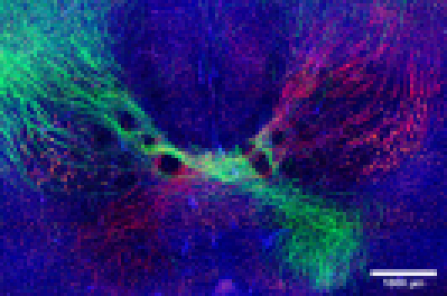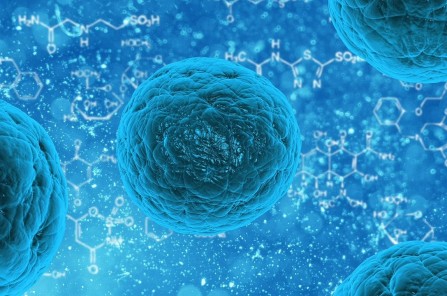- About Us
- Admission
- Colleges
- Faculties
- Institutes
- Institute of Advanced Integration Technology
- Institute of Biomedical and Health Engineering
- Institute of Advanced Computing and Digital Engineering
- Institute of Biomedicine and Biotechnology
- Guangzhou Institute of Advanced Technology
- Institute of Brain Cognition and Brain Disease
- Institute of Synthetic Biology
- Institute of Advanced Materials Science and Engineering
- News
- Campus
- Home
- About Us
- Admission
- Colleges
- Faculties
-
Institutes
- Institute of Advanced Integration Technology
- Institute of Biomedical and Health Engineering
- Institute of Advanced Computing and Digital Engineering
- Institute of Biomedicine and Biotechnology
- Guangzhou Institute of Advanced Technology
- Institute of Brain Cognition and Brain Disease
- Institute of Synthetic Biology
- Institute of Advanced Materials Science and Engineering
- News
- Campus
- Student
- Staff
- Service
- Visitor






